A healthy brain maintains a harmony of neurons that excite or inhibit other neurons, but the lines between different types of cells are blurrier than researchers once thought.


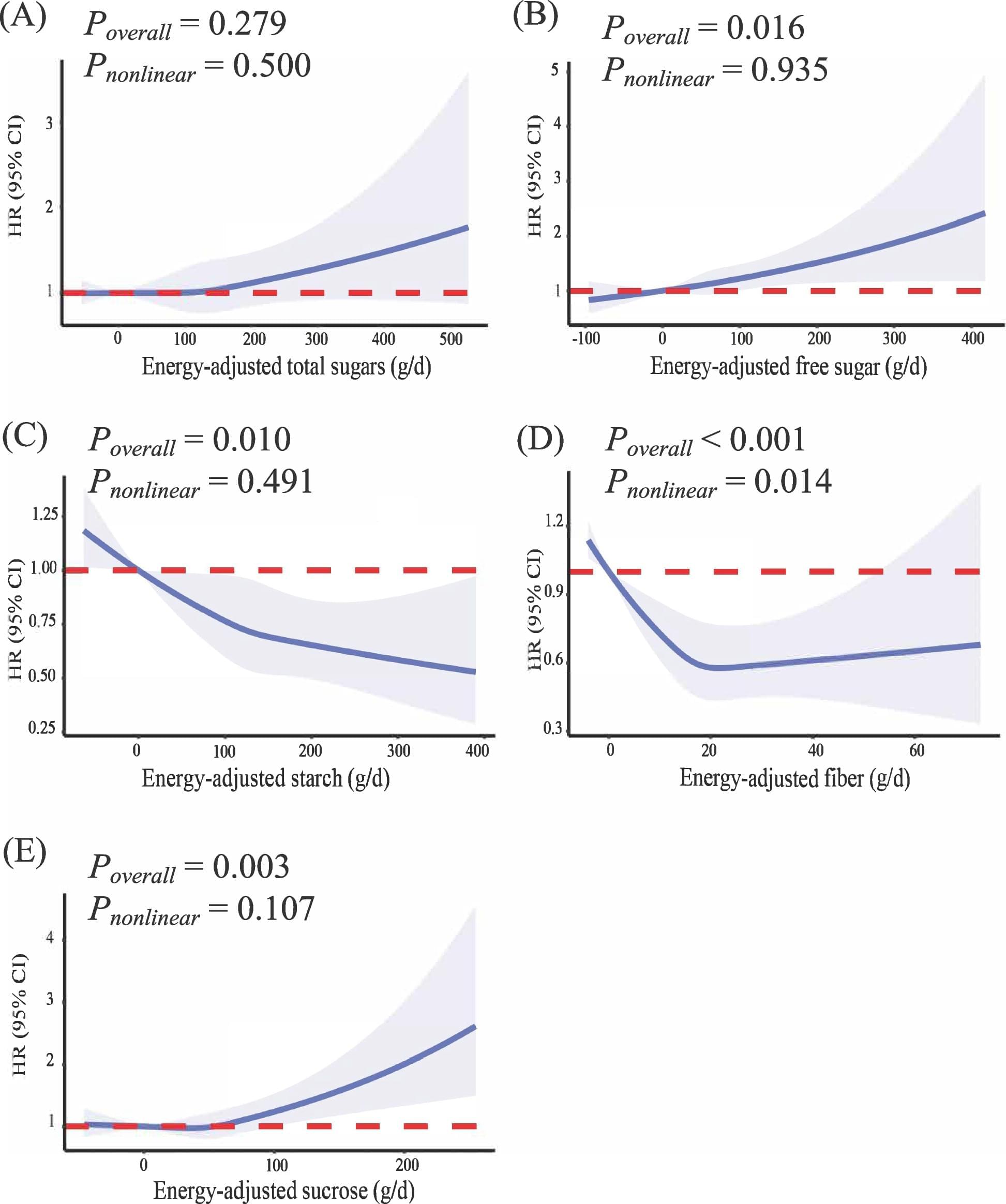
Research on the association between carbohydrate intake and psoriasis risk is limited. We aimed to examine the associations of carbohydrate and its different subtypes with psoriasis risk, as well as the interaction between genetic predisposition and carbohydrate intake.
We performed a prospective cohort study based on UK Biobank that included 210,474 participants who did not have psoriasis at baseline. A 24-hour dietary assessment tool was used to assess detailed dietary intake information. Incident psoriasis events were identified through hospitalization records. The association between carbohydrate intake and psoriasis was examined by Cox proportional hazard regression models. Multiplicative interaction between genetic risk and carbohydrate intake was assessed by incorporating a cross-product term in the model.
A total of 1907 incident psoriasis events were recorded during the follow-up period (median: 13.25 years). Compared to the lowest intake quartile (Q1), the highest intake quartile (Q4) of total sugars
The CRISPR gene editing system holds tremendous promise. It has already revolutionized biomedical research by making gene editing a straightforward process. It involves using a guide RNA molecule that has a unique sequence, which matches with a target location in genomic DNA. This guide RNA brings an enzyme called Cas9 to that genetic location, where Cas9 makes a cut in the DNA. Scientists have been modifying and improving on the CRISPR technique since it was created. Many of those improvements are related to the Cas9 enzyme, and ensuring that it makes the proper cut in the correct place.
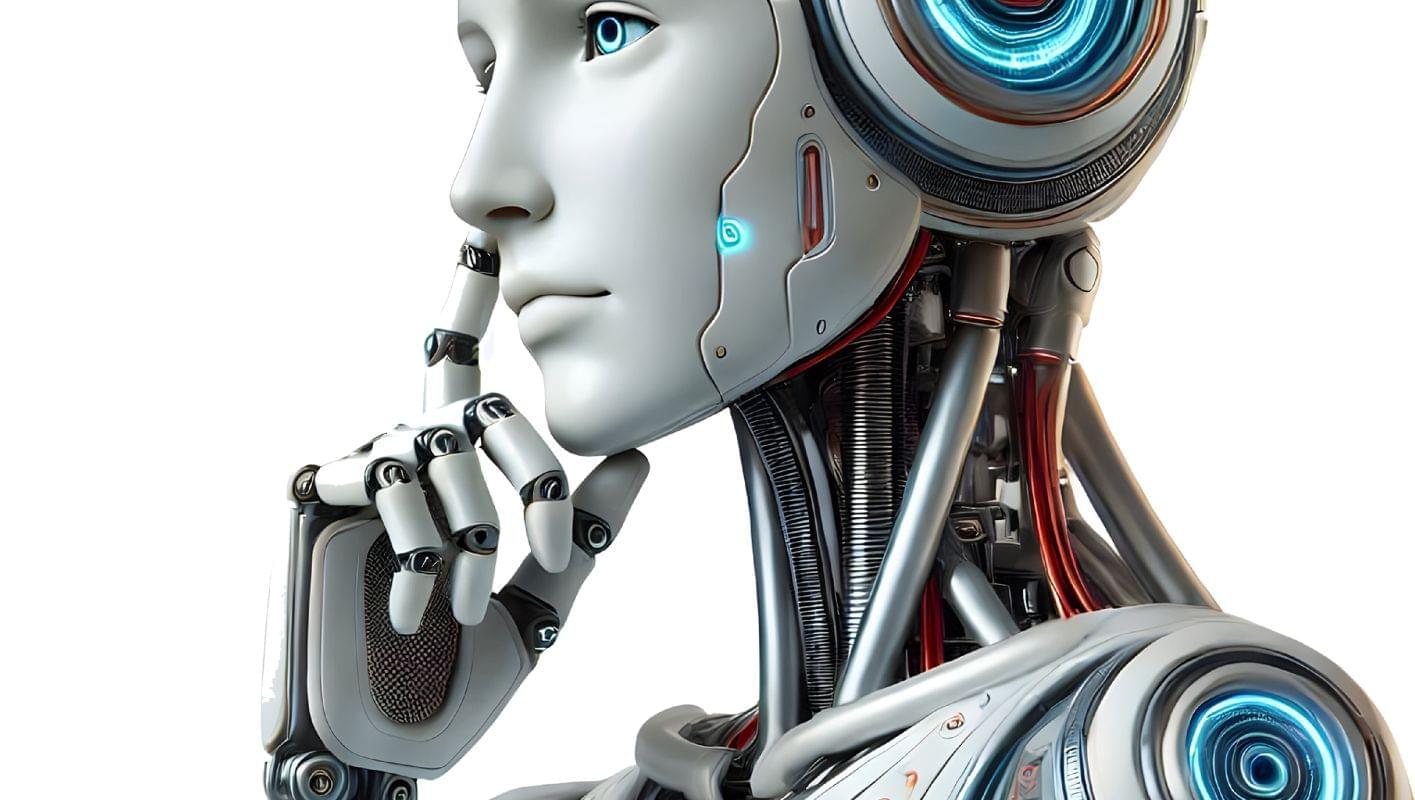
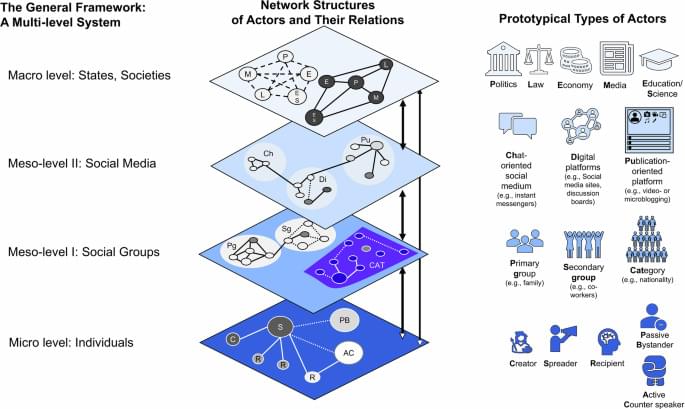
Frischlich, L., Olsson, H., Roy, A. et al. The complexity of misinformation extends beyond virus and warfare analogies. npj Complex 2, 29 (2025). https://doi.org/10.1038/s44260-025-00053-z.

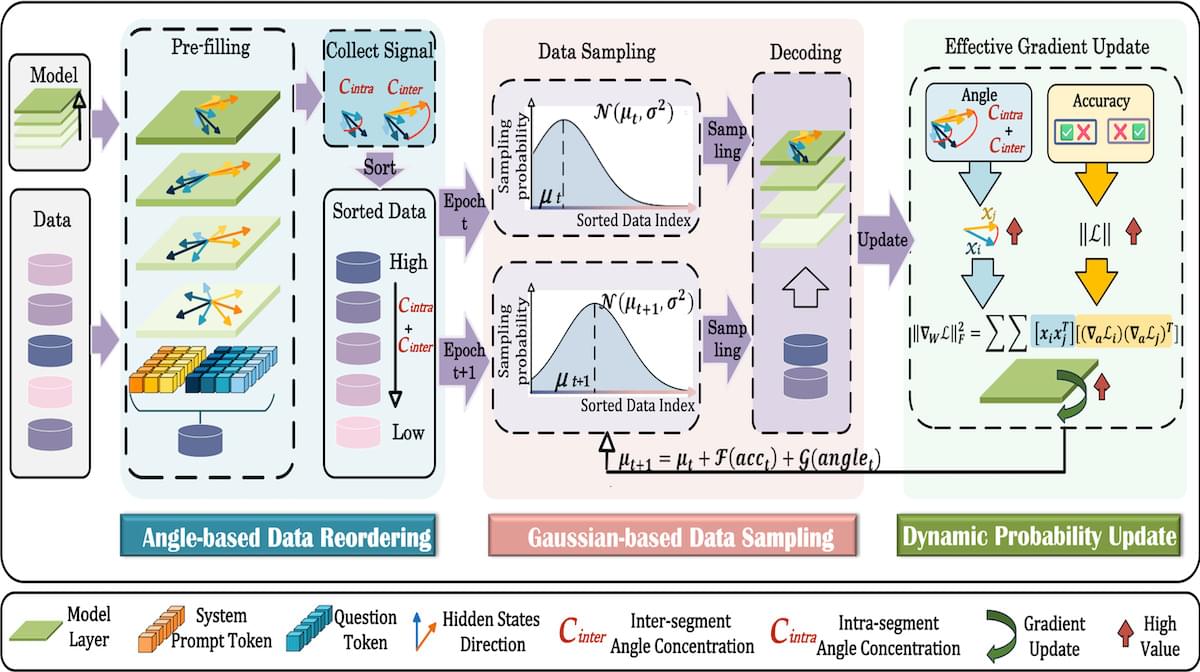
Fine-tuning large language models via reinforcement learning is computationally expensive, but researchers found a way to streamline the process.
What’s new: Qinsi Wang and colleagues at UC Berkeley and Duke University developed GAIN-RL, a method that accelerates reinforcement learning fine-tuning by selecting training examples automatically based on the model’s own internal signals, specifically the angles between vector representations of tokens. The code is available on GitHub.
Key insight: The cosine similarity between a model’s vector representations of input tokens governs the magnitude of gradient updates during training. Specifically, the sum of those similarities that enter a model’s classification layer, called the angle concentration, governs the magnitude of gradient updates. Examples with higher angle concentration produce larger gradient updates. The magnitude of a gradient update in turn determines the effectiveness of a given training example: The larger the update, the more the model learns. Prioritizing the most-effective examples before transitioning to less-effective ones enhances training efficiency while adding little preprocessing overhead.
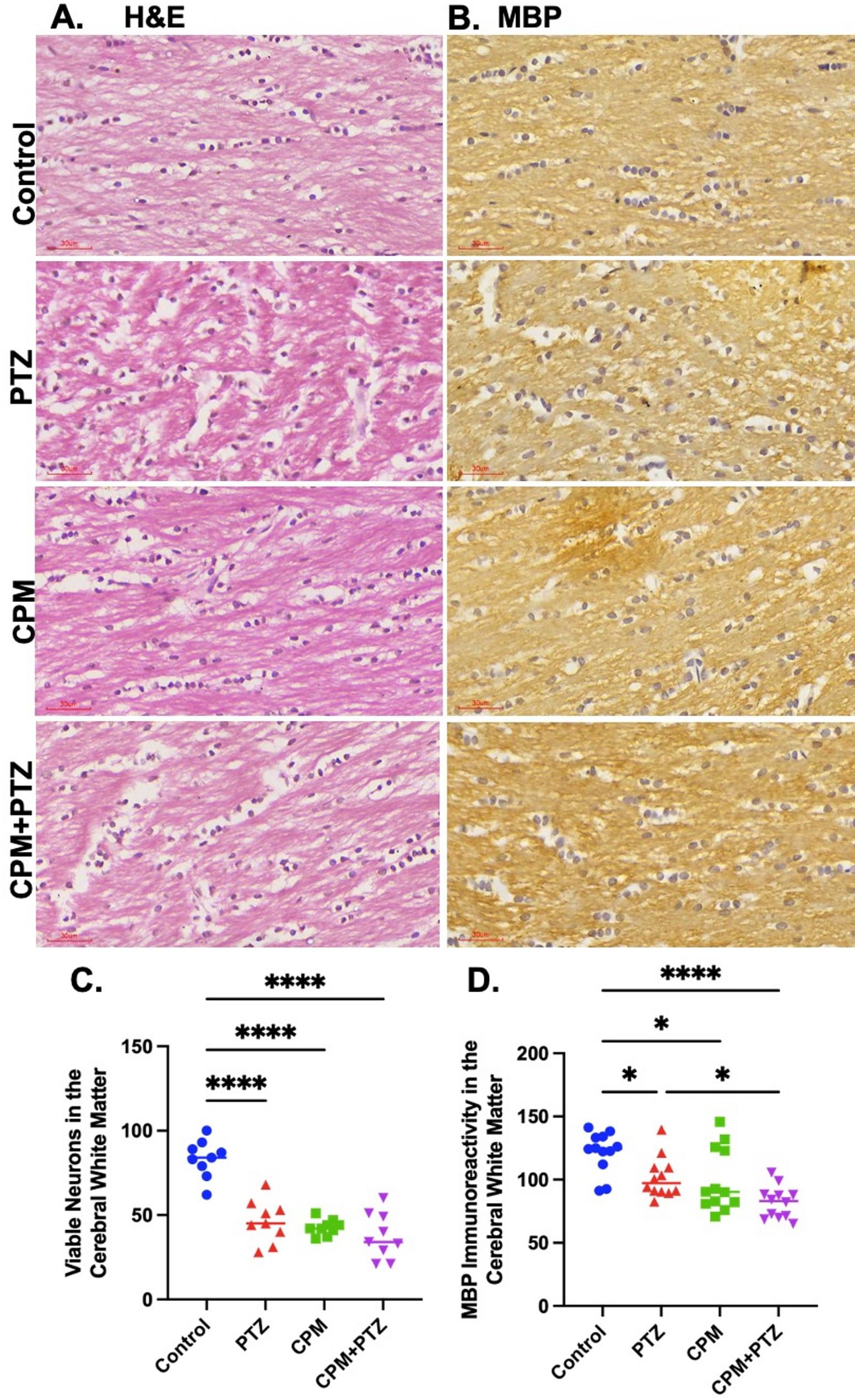
Epilepsy is characterized by recurrent seizures and neurological consequences, which may be associated with impaired myelin and glial integrity, and exacerbated by environmental neurotoxicants. Environmental neurotoxicants, such as Cypermethrin (CPM), may heighten these impairments, worsening seizure outcomes. This study investigates the effects of Cypermethrin (CPM) on Pentylenetetrazole (PTZ)-induced seizures and the Vitamin E (Vit E) and valproate (VAP) co-interventions on myelin and glial integrity.
Histochemical and immunohistochemical analyses for hematoxylin and eosin (H&E), myelin basic protein (MBP), ionized calcium-binding adaptor molecule 1 (IBA1), glial fibrillary acidic protein (GFAP), and oligodendrocyte transcription factor 2 (OLIG-2) were conducted on cerebral white matter and corpus callosum tissues. The density of stained cells and immunoreactivity obtained with ImageJ was subjected to one-way analysis of variance.
Immunohistochemistry revealed that cypermethrin exposure in PTZ-induced seizure rats led to marked neuronal, oligodendroglial, and myelin loss, accompanied by substantial glial activation in both cerebral white matter and corpus callosum. Interventional ingestions of VAP and Vit E, especially when combined, substantially reduced both microglial activation and reactive astrogliosis, thereby consequently preventing oligodendrocyte and neuronal loss, thus preserving both cerebral white matter and callosal myelin.

